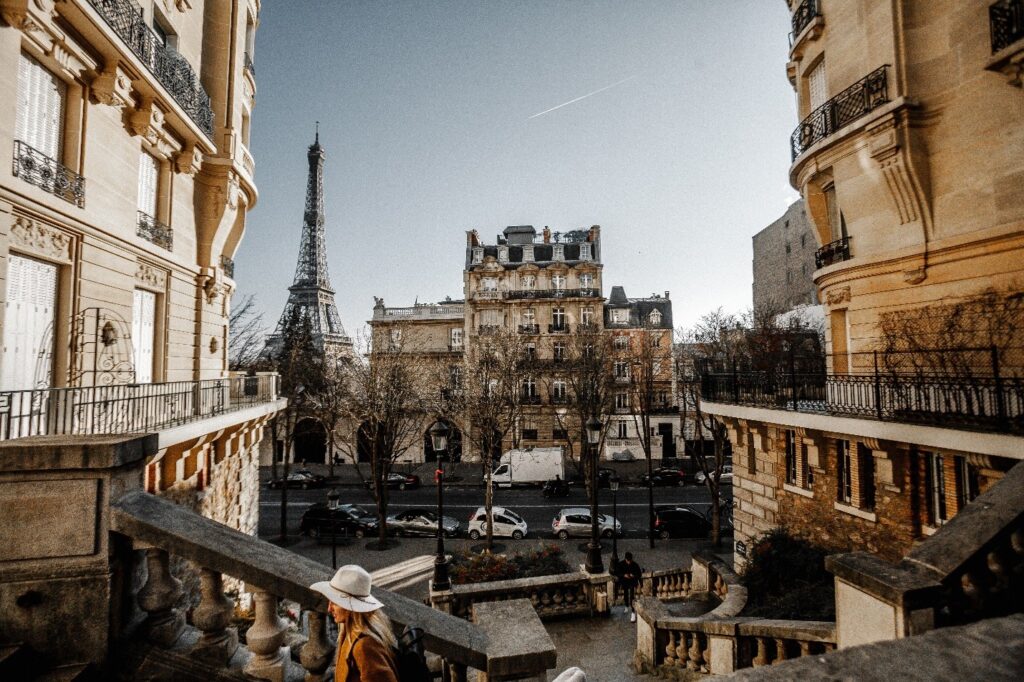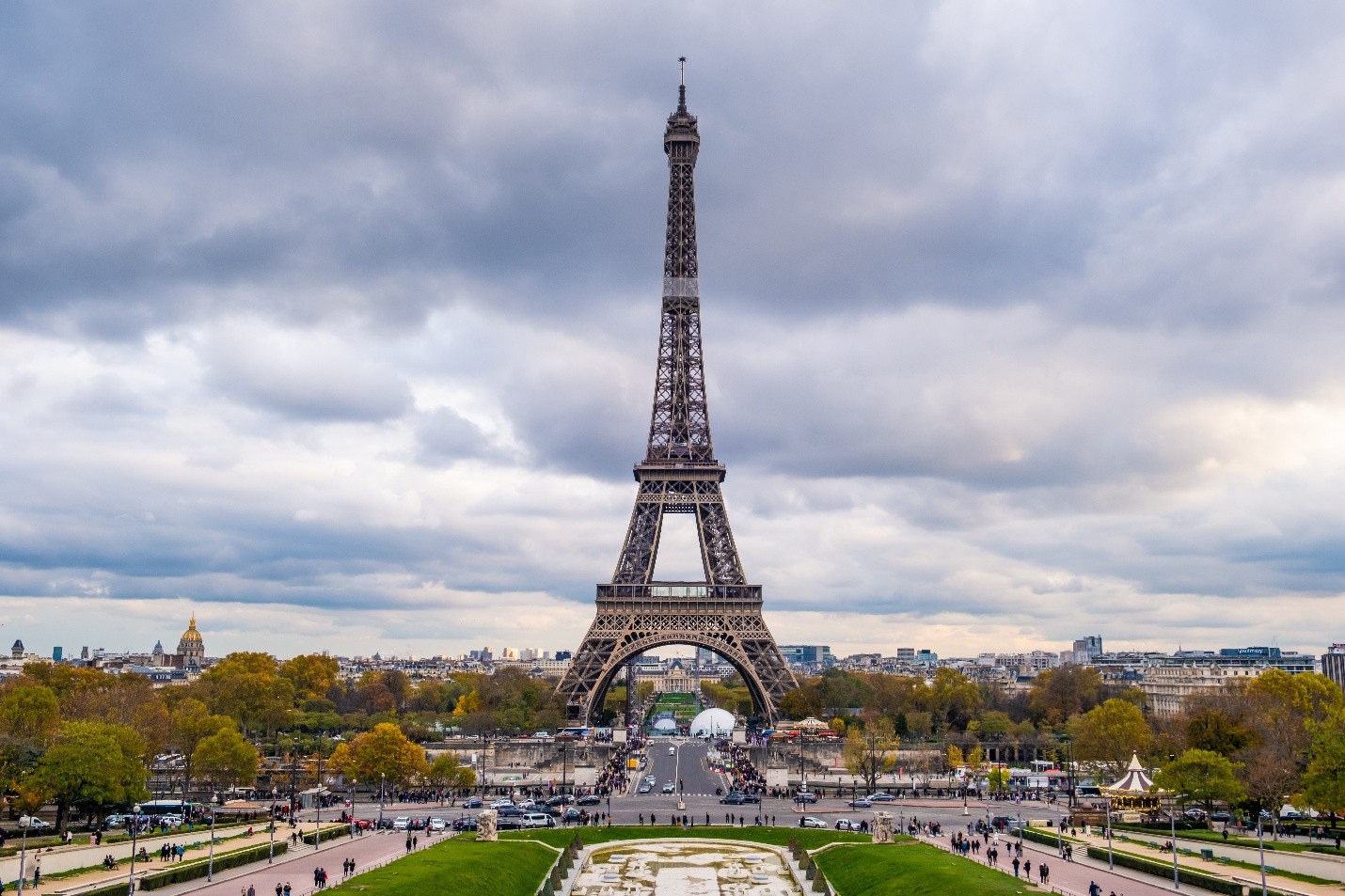Paris has been romanticized for more than a century. Films, advertisements, fashion magazines, and travel influencers present it as a flawless destination filled with beauty, elegance, and slow daily pleasures. In this global picture, the city becomes more than a place. It becomes a dream. People imagine gentle strolls along the Seine, perfect croissants, charming conversations in small cafes, and soft golden light on every street. For many travelers, especially first-time visitors, this image feels almost guaranteed. The reality of visiting a large modern city, however, can be very different. When the dream collapses, some visitors experience what psychologists call Paris Syndrome, a sudden emotional shock that combines disappointment, confusion, stress, and cultural pressure.
Where the Term Comes from and Why It Became Famous
The term “Paris Syndrome” was introduced by the Japanese psychiatrist Hiroaki Ota in the late 1980s. He worked in France and observed several Japanese visitors who felt overwhelmed when the real Paris did not match their expectations. His research described symptoms such as anxiety, disorientation, rapid heartbeat, and a strong sense of cultural loss. Japanese media then picked up the topic, and for several years, it became widely discussed. The Japanese embassy in Paris even acknowledged that it occasionally assisted tourists who experienced cultural shock during their stay. This public attention turned Paris Syndrome into a global idea. Even though it is not an official medical condition, it became a recognized example of how culture and expectation interact.
Why Japanese Travelers Were Strongly Affected
The reasons come from cultural psychology. Japanese society places strong value on formal politeness, clear boundaries, predictable interactions, and a respectful distance in public settings. French communication is very different. It is more direct, faster, and less ceremonial. A short interaction that feels normal in Paris can feel abrupt to someone who expects softer language and more formal courtesy. Additionally, the global image of Paris in Japan has been extremely idealized for decades, sometimes even more than in Europe or America. When this perfect image meets the everyday reality of traffic, crowds, and busy Parisians, the contrast can be emotionally powerful.
The Real Paris Versus the Imagined Paris
The imagined Paris is clean, elegant, calm, artistic, and always ready for romance. Real Paris is a city of more than two million residents and tens of millions of tourists each year. It has beauty, culture, and breathtaking history, but it also has crowded metro stations, occasional strikes, noise, high prices, and the ordinary challenges of any large urban center. Visitors often arrive expecting a museum-like environment, only to discover that the city is vibrant, loud, diverse, and full of daily life. The emotional gap between a postcard and a real street is where the shock begins. Some travelers describe confusion when they see the size of the crowds at the Louvre or feel lost in the metro during rush hour. Others are surprised by the amount of cigarette smoke, the pace of conversations, or the direct communication style. These details sound small, yet they become significant when someone has invested years into imagining the city as perfect.

Expectations, Marketing, and the Pressure of Global Tourism
There is also a modern business dimension. Tourism marketing often promises idealized experiences. Social media algorithms push stylized images that focus on rare moments of beauty rather than daily reality. Influencers show only the cleanest corners of Montmartre, the empty morning streets of Saint Germain, or perfectly lit terraces that are edited and filtered. Cities depend on tourism revenue, so they promote their most attractive sides. The result is a global culture of overexpectation. Paris Syndrome is not only about one city. It is an example of how modern travel can create emotional pressure by promising more than reality can deliver. It raises a larger question: how should destinations communicate their identity in an honest yet appealing way? It also shows how important it is for travelers to understand that every famous city is still a place with complexity and contradictions.
How to Avoid Emotional Crashes
Travel psychologists emphasize preparation. Understanding that Paris is a beautiful city but also a complex urban space helps travelers arrive with realistic expectations. Exploring beyond the main tourist zones shows the city in a more authentic way. Learning a few simple French phrases can make communication easier. Taking slow breaks helps prevent exhaustion. Most importantly, travelers should avoid comparing every moment of the trip to an ideal mental image. Reality is always richer, messier, and more interesting than the perfect version created by marketing.
What Paris Syndrome Teaches Us about Travel
Paris Syndrome is not only a story about disappointment. It is a reminder that travel is most rewarding when approached with curiosity rather than idealization. It invites readers to see global destinations as real places filled with people, cultures, tensions, and daily rhythms. The charm of Paris does not disappear when fantasy fades. In fact, many travelers say that once they accept the city as it truly is, they notice details they did not see before: neighborhood warmth, unexpected creativity, quiet parks, and ordinary moments that feel more human than any postcard.








